How is mock orange different from jasmine?
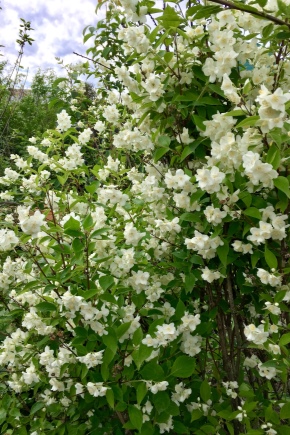
Despite the fact that chubushnik is often popularly called garden jasmine, these two shrubs belong to completely different families. However, due to the external similarity, they can be easily confused. You should find out how they differ.
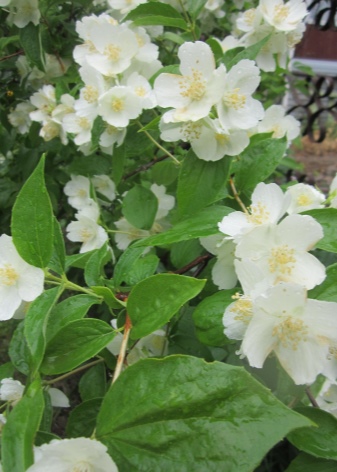
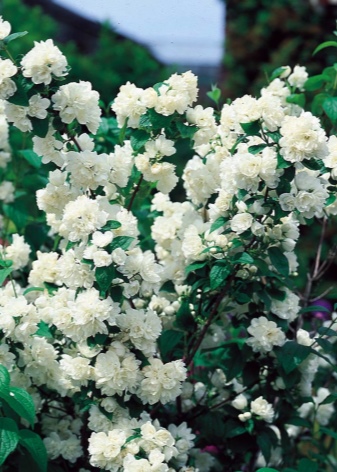
How to distinguish between shrubs?
The desire to plant a chubushnik bush on your site is quite understandable. Gardeners choose it for its abundant flowering and pleasant aroma. But an inexperienced plant breeder, unknowingly, can acquire a completely different similar bush, thinking that he has acquired precisely a variety of chubushnik. After all even in specialized nurseries and stores, sellers themselves often confuse them, so you need to be very careful when buying seedlings.
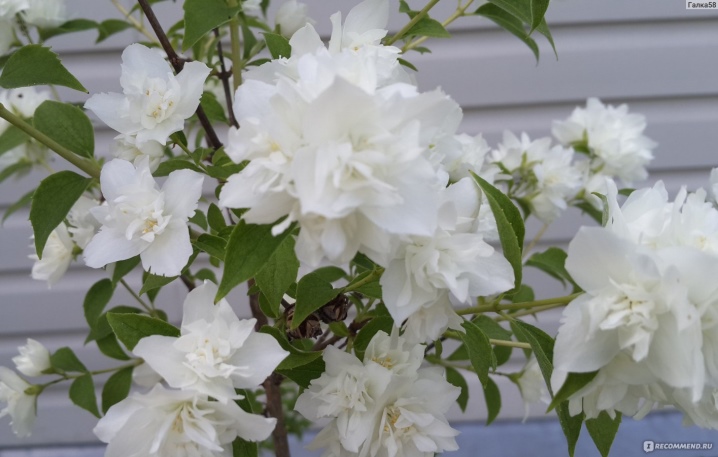
Chubushnik got its Russian name in the 17th century. At that time, shanks began to be cut from its trunk - parts of devices for a smoking pipe and mouthpieces.
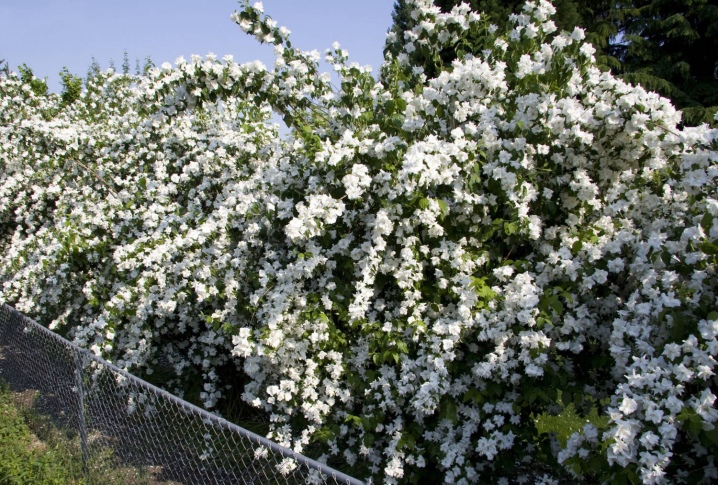
The first thing you need to pay attention to is the Latin name of the plant, which is usually written on the price tag. Often a picture or photograph of a plant is attached to the price tag, but you can hardly tell from them whether it is a jasmine or a mock orange. The word Philadelphus, included in the name, will mean that in front of you is a chubushnik, although in the nursery it may be called "garden jasmine" or "false jasmine". His Latin name comes from the Egyptian king Ptolemy Philadelphus.
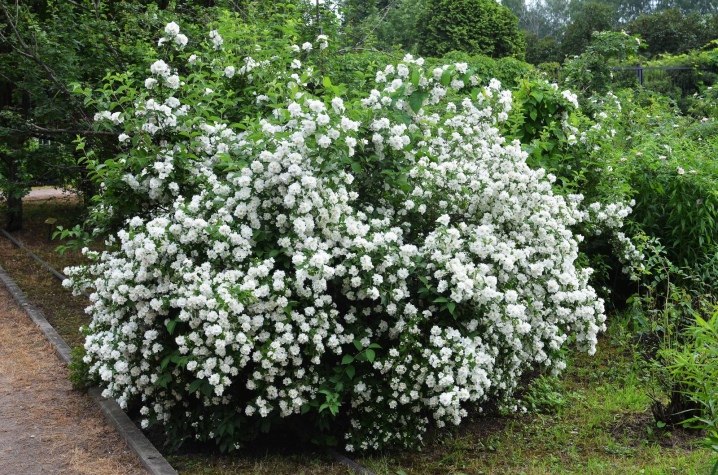
For jasmine, the Latin name will contain the word Jasminum. According to legend, the bush got its name in honor of the Indian princess Jasmine, who fell in love with the sun god, but did not like him. The rejected princess committed suicide in despair, and the vexed Sun God collected the ashes and turned it into a beautiful bush, which he gave the name Jasmine.
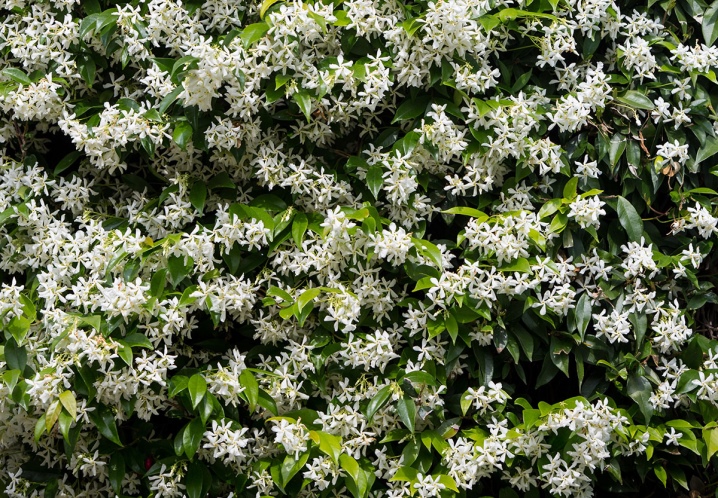
In fact, these 2 shrubs have much more differences than similarities. It only at first glance seems that only professional or very experienced gardeners will be able to distinguish them. Consider the criteria by which amateur gardeners can do this.
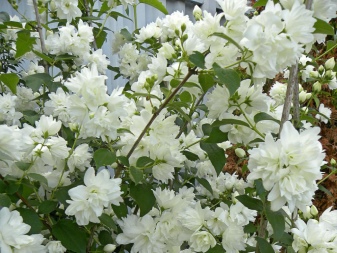

Fundamental differences
You can understand and see the differences not only by the name, but also by a number of other characteristic features.
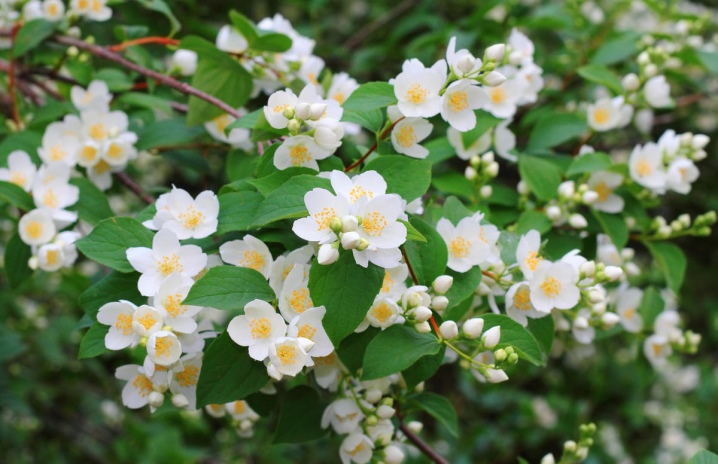
Specifications
To understand the difference, it is worth knowing that the chubushnik belongs to the Hortensia family, while jasmine belongs to the Solanaceous family. Chubushnik is of the deciduous type, and jasmine is of the evergreen type. Planting conditions are also different. Chubushnik shrubs, although they love sunny places, also tolerate partial shade and shade well. But it should be borne in mind that in the shade the branches of the bush grow longer, trying to reach out to the sun, and the flowering will be more scarce than if it grew in a lighted place. Tolerates temperature extremes, gusts of wind and frost.
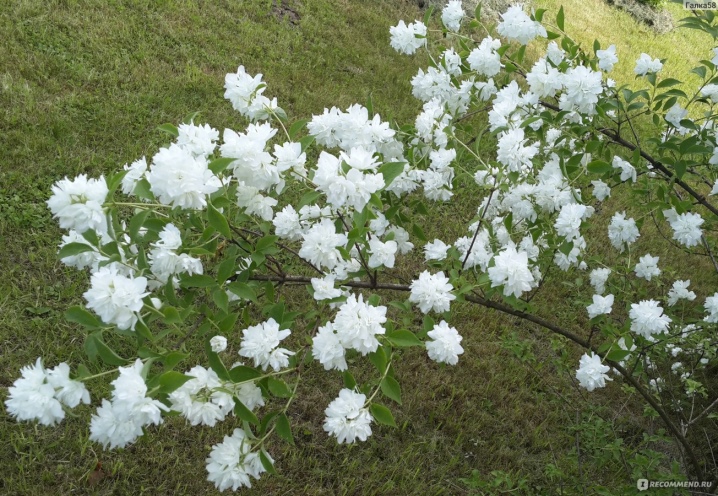
Jasmine is a southern plant and is used to sunny places. It will be difficult for him in the shadows. Poorly tolerates windy weather. If the climate is cool, then jasmine is best grown as a houseplant. Open ground is suitable in regions where the climate is warm or hot.
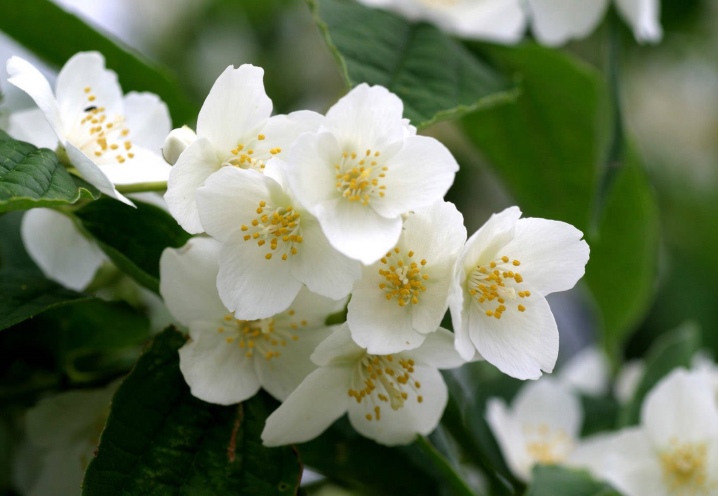
Depending on the variety of chubushnik shrubs, the smell of flowers can be quite varied: from pleasant aroma to repulsive. If you planted jasmine, and it exudes a pungent unpleasant smell during flowering, be sure that this is not jasmine, but a variety or hybrid of mock-orange. All varieties and varieties of jasmine have almost the same sweetish-honey aroma of flowers.
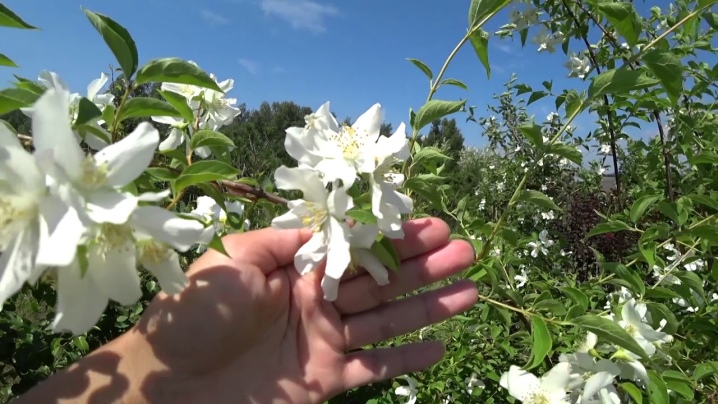
Jasmine loves light, fertile soil, while chubushnik can grow in both good and heavy clay soil. The wood of the chubushnik trunk is much denser and harder than that of flexible jasmine. In addition, they differ in the color of the bark. Chubushnik has a gray bark, and in one-year-old branches it turns brown and flakes off. Jasmine's bark is green and woody very late, when the plant becomes old.
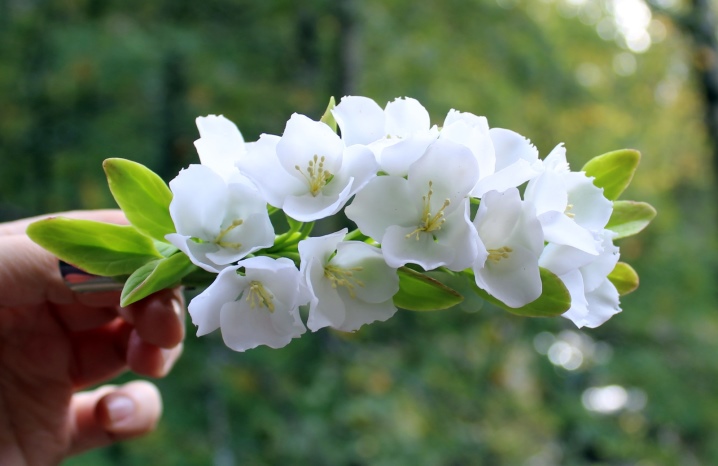
Jasmine can be harmful to nearby plants that have weak root systems. It sucks out all the nutrient juices and moisture from the soil around it. Therefore, it is necessary to feed and water both the jasmine itself and its "neighbors" more often than usual. Chubushnik, on the other hand, does not harm other plants with which it composes on the site. Therefore, gardeners can safely plant it in the company with any other representatives of the flora.
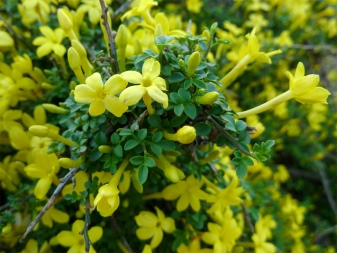
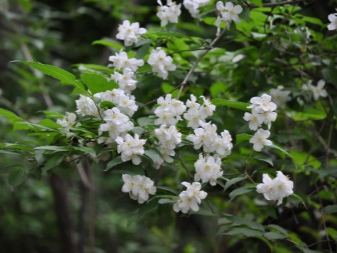
Bloom
The easiest way to distinguish mock-orange from jasmine is by its flower and flowering period. Jasmine blooms in the second year of life, and chubushnik - in the third or fourth. The inflorescences of these 2 plants have a different structure. The jasmine flower has a tubular-oblong corolla, from which 2 stamens with short stamens grow, and the mock-orange flower has a goblet calyx with 4–6 petals and many stamens. Most often there are 20-25, and sometimes the number reaches from 70 to 90 pieces. After flowering in jasmine, the ovary turns into a berry when ripe, and in a mock orange it turns into a seed box.

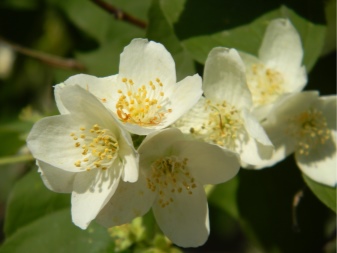
The petals of both plants are usually white, but there are also beige, cream, pale yellow colors, depending on the variety of shrubs. Terry or semi-double flowers are found only in the mock-orange of some varieties. Mostly there are species with simple, smooth flowers, like jasmine. In the mock-orange, flowers are collected in inflorescences in the form of a brush, 3-9 pieces, in jasmine, the inflorescences are corymbose with thin corollas in the form of tubules.
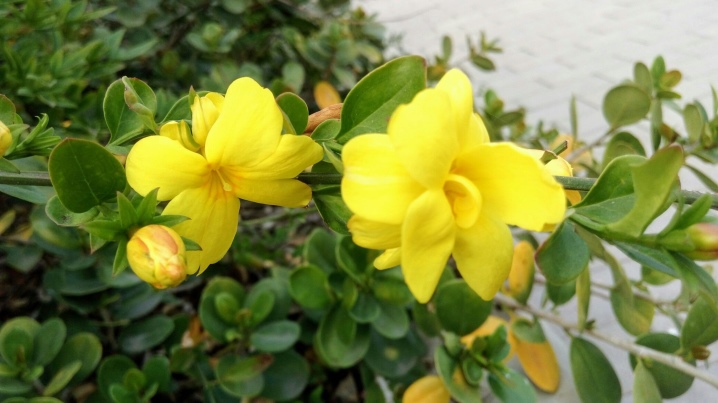
The flowering period of these shrubs is strikingly different. The average duration of flowering of a mock-orange is about 3 weeks. Blooms in the first half of summer (June-July). For jasmine, depending on the variety, the average flowering time is 60 to 90 days. Most jasmine species begin to bloom from March to July, and the end of flowering occurs in autumn, late September - early October.
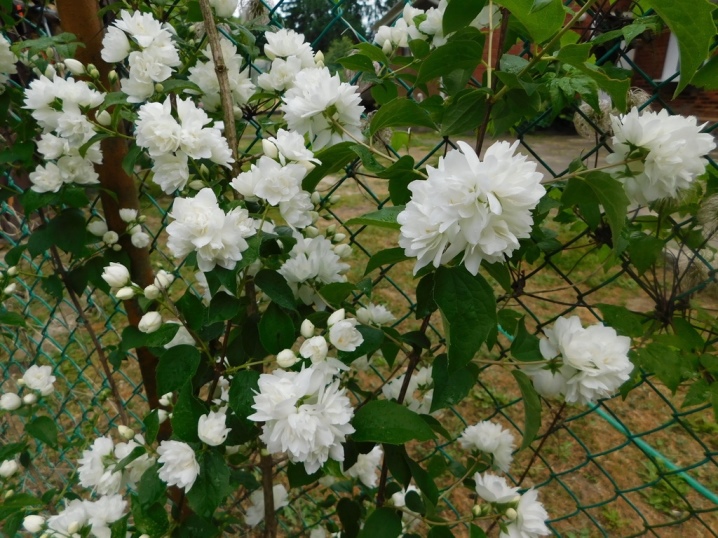
There is also a type of winter jasmine that blooms in January and ends in April.
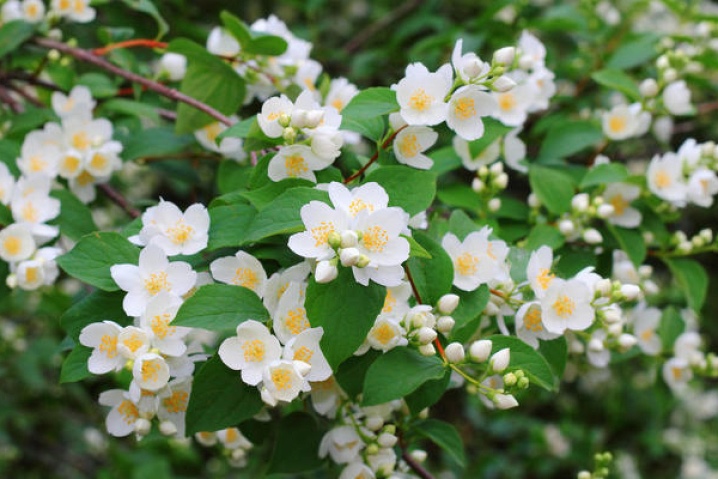
The aroma of chubushnik flowers does not depend on the time of day, and jasmine exudes a sweet, subtle and pleasant smell closer to sunset, since it is at this time that the flowers open. The shape of the leaves of these shrubs also differs. In a chubushnik, in addition to the simple shape of the plate, the leaves can also be ovoid, elongated or oval. In jasmine, in addition to its simple form, the leaves can be pinnate and trifoliate.
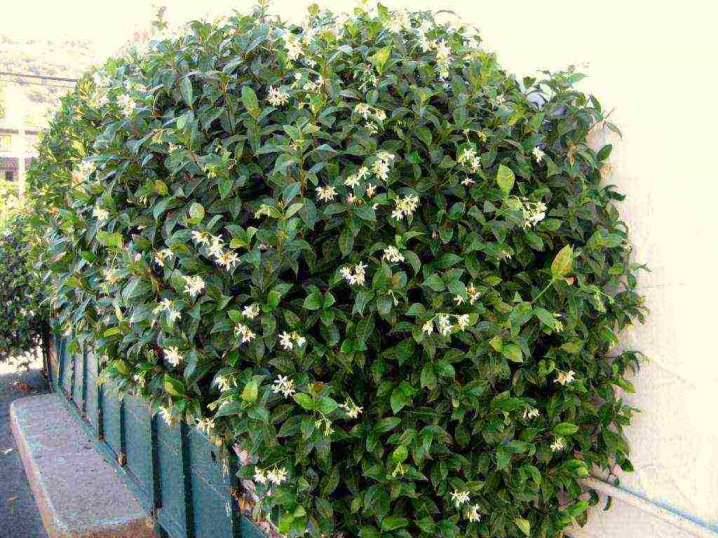
Growing area
The zones of distribution of these plants in natural conditions are so different that they do not even intersect with each other. Jasmine is native to the tropics of both hemispheres of the Earth and the subtropics. In nature, it can often be found in the south and southwest of Asia and the Middle East. In our country, it grows in the Crimea and the Caucasus.

Chubushnik is a fairly frost-resistant plant, which is very common in the Far East., in the European Northern Hemisphere and North America. The shrub was subsequently adapted to different climates. The varieties that calmly endure frost were developed by the French breeder Lemoine. There are also types of chubushnik that can withstand Siberian frosts up to 40 °.

These frost-resistant varieties were bred under the strict guidance of the Russian breeder N.K. Vekhov at the beginning of the 20th century.

Similarities between chubushnik and jasmine
The similarities of these ornamental shrubs include the fact that some of the most common varieties of mock-orange smell exactly like jasmine and have a sweet pleasant aroma. That is why many hobby growers confuse them.Besides, if you do not look closely, then both of these shrubs will seem to be twins, especially if you stand at some distance from them.

In addition to the smell, the flowers themselves also have some similarities. They are large and can grow up to 7 cm in diameter. Both plants are honey plants, and bees gladly pollinate them. Another similarity is that both chubushnik and jasmine can be grown as a hedge.
You can learn more about the chubushnik in the video below.



































































The comment was sent successfully.